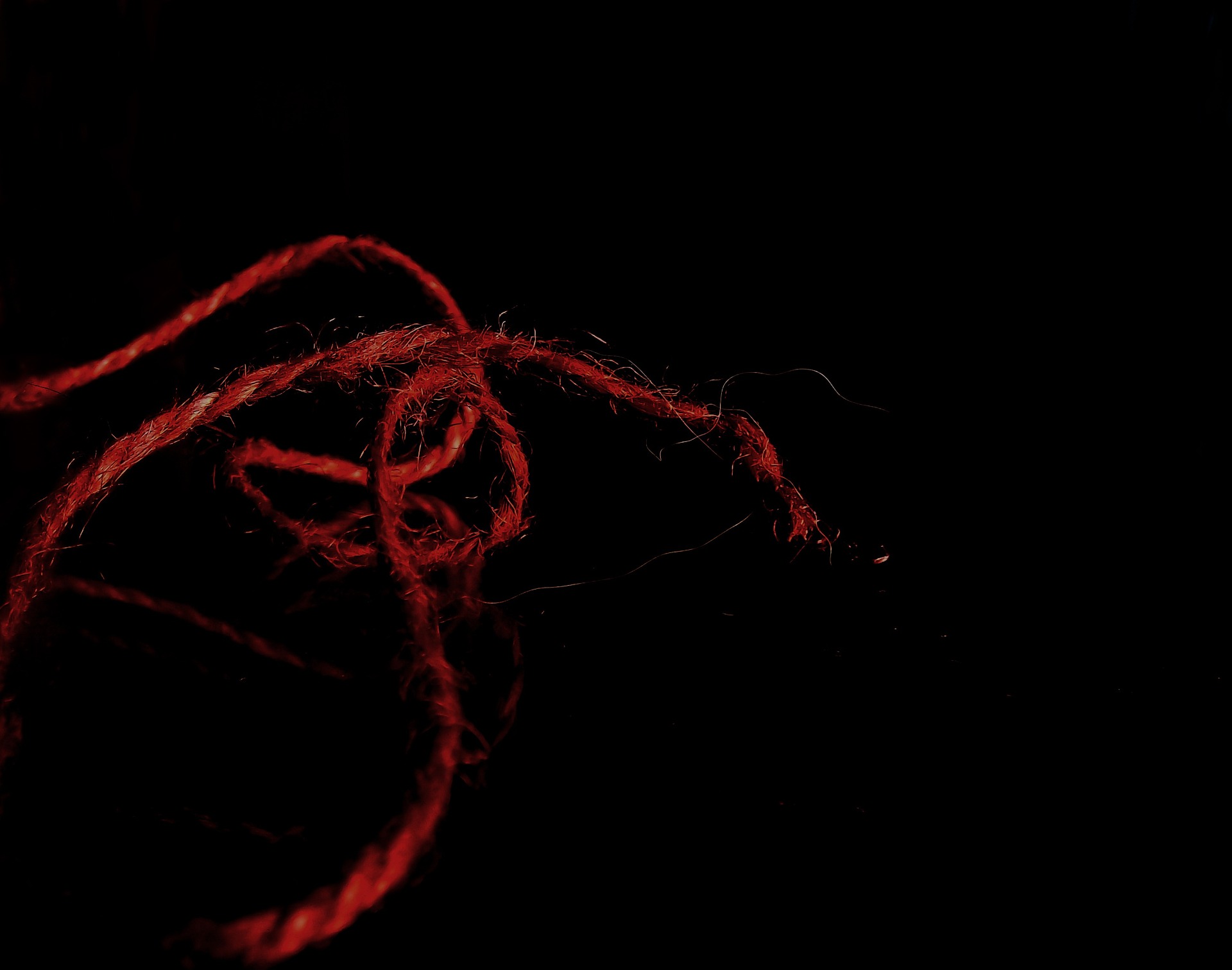A Scarlet Thread
If you were putting together Matthew’s genealogy at the beginning of his gospel record and thought to yourself “I think I’ll include a selection of the wives of some of the men in Messiah’s line” someone like Abraham’s wife Sarah might come to mind, a dedicated wife and woman of faith.
 Read Time: 3 minutes
Read Time: 3 minutes
If you were putting together Matthew’s genealogy at the beginning of his gospel record and thought to yourself “I think I’ll include a selection of the wives of some of the men in Messiah’s line” someone like Abraham’s wife Sarah might come to mind, a dedicated wife and woman of faith.
You probably wouldn’t choose someone who played the harlot, an actual harlot, a Gentile banned from the congregation of Israel, someone who committed adultery, and someone accused of having their child out of wedlock. Yet those are the five women – Tamar, Rahab, Ruth, Bathsheba and Mary – Matthew chose to include.
What’s interesting about these women is the golden, or rather scarlet, thread that runs through their story lines. It all begins with Tamar giving birth to twin boys Perez and Zerah – “And when she was in labor, one put out a hand, and the midwife took and tied a scarlet thread on his hand, saying, ‘This one came out first.’” (Gen. 38:28). Genesis 38 is a not a very nice chapter to read, full of sordid details about the father of the twins, Judah, and how he hired Tamar as a prostitute. A few generations further down the line we come to the subject of our reading for today in Joshua 2 – Rahab the harlot. The scarlet thread reappears in her story too, which is about her salvation – “Behold, when we come into the land, you shall tie this scarlet cord in the window through which you let us down, and you shall gather into your house your father and mother, your brothers, and all your father’s household. Then if anyone goes out of the doors of your house into the street, his blood shall be on his own head, and we shall be guiltless. But if a hand is laid on anyone who is with you in the house, his blood shall be on our head.” (Josh. 2:18-19). Notice the echo here with the exodus, when the Hebrews were told to “touch the lintel and the two doorposts with the blood that is in the basin. None of you shall go out of the door of his house until the morning.” (Exo. 12:22). The whole story of Rahab is like a reenactment of the redemption of the children of Israel.
Rahab’s son was named Boaz, and he appears in the story of the next woman mentioned in Matthew 1, Ruth, whom he married. Ruth was a Moabitess, previously banned from fellowship with the Israelites. But because of her faith she was redeemed, just like Rahab, and the stories of all three women so far come together at the end of the book of Ruth –
Then at the end of the chapter we have the fourth woman from Jesus’ genealogy linked as part of the chain – “
It was of course David who committed adultery with Bathsheba to produce Solomon, next in line to the throne.
Why are all these women, together with Mary who was suspected of getting pregnant by Joseph before they were married, connected in this way and mentioned in Jesus’ genealogy? We find an answer in Isaiah 54, a message about godly women of the Bible, who were derided and maligned, but ultimately victorious as part of the purpose of God. The first verse reminds us of barren women like Sarah, Rachel, Hannah and Elizabeth –
but in verse 4 that list would include those women who previously were “ashamed”, “confounded” and “disgraced”, women like Tamar, Rahab, Ruth, Bathsheba and Mary. The message for them is while they are despised in the world’s eyes, women of ill repute, God will have mercy on them. Verses 5-8 go on to say,
It’s all a parable of the bride of Christ, in the world’s eyes despised, nothing special, and often shunned. But in Christ, we are redeemed and have been rescued by the scarlet thread, the spilling of Christ’s blood.
Richard Morgan,
Simi Hills, CA